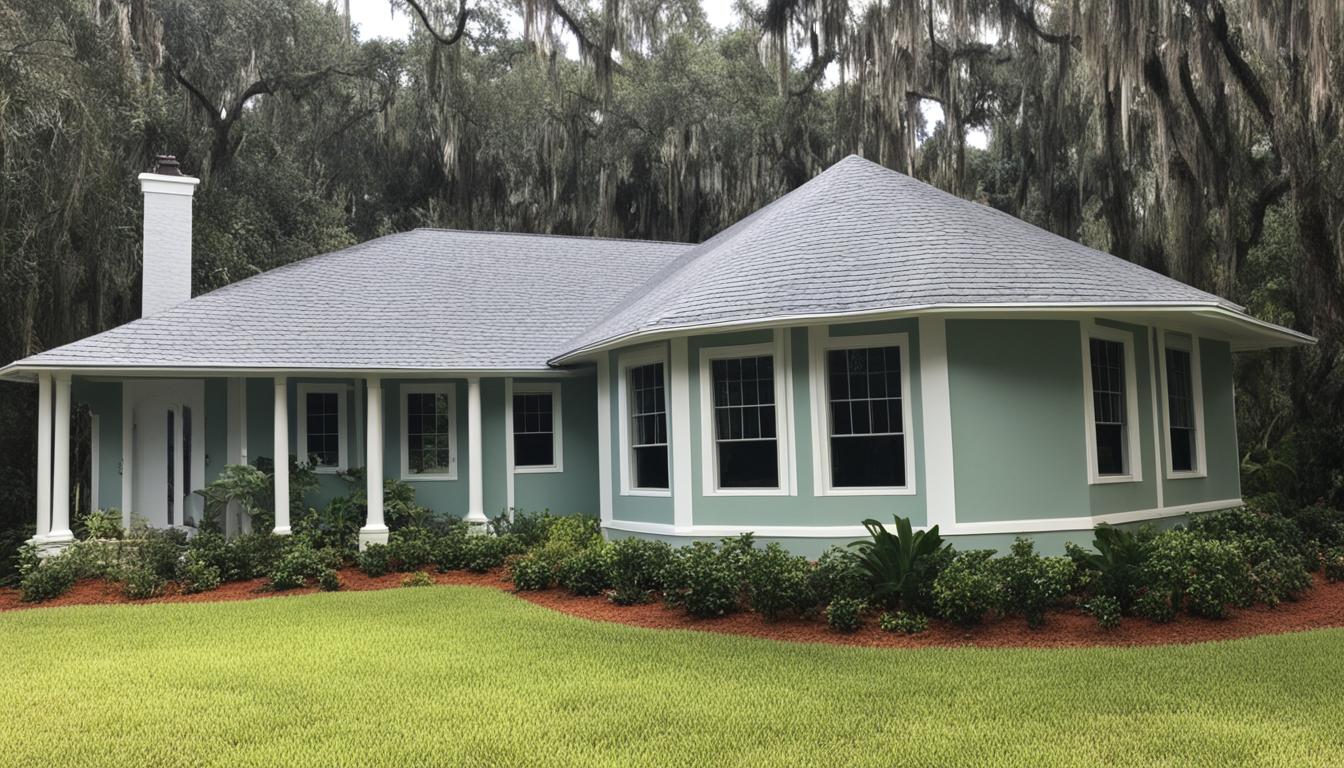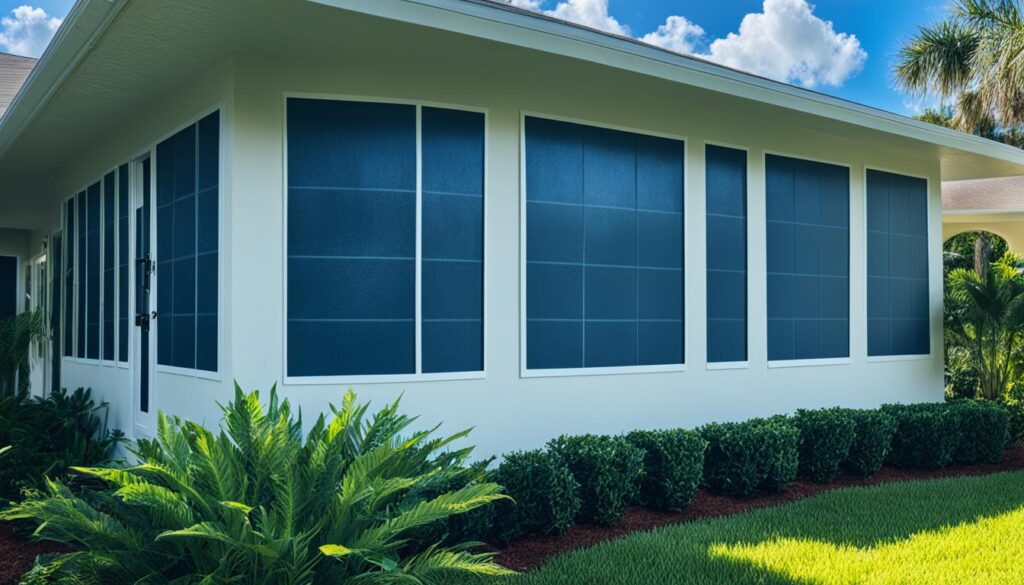
Mold Prevention for Historic Florida Homes Guide
Welcome to our comprehensive guide on mold prevention guidelines for historic homes in Florida. As we all know, Florida’s unique climate poses specific challenges when it comes to maintaining these cherished properties. Mold growth in historic homes can cause extensive damage, compromising both the structural integrity and aesthetic appeal. Therefore, it is crucial to implement effective mold prevention practices to ensure the longevity and preservation of these valuable assets.
In this article, we will explore the best practices for mold prevention in historic homes throughout Florida. We will provide expert advice and insights on how to combat mold growth, considering the environmental factors and specific characteristics of these properties. By following these guidelines, you can safeguard your historic Florida home and enjoy its beauty for years to come.
Key Takeaways:
- Understanding the challenges of mold growth in historic Florida homes is essential for effective prevention.
- Proper moisture control and ventilation are critical to inhibit mold formation.
- Regular inspections and maintenance routines are crucial for early detection and prevention of mold growth.
- Implementing preventive measures can protect the integrity and value of your historic property.
- Seeking professional advice and assistance can ensure comprehensive mold prevention in your historic Florida home.
Strategies for Mold Prevention in Historic Florida Homes
When it comes to preventing mold in historic Florida homes, implementing effective strategies and techniques is crucial. The unique challenges presented by the climate and historical nature of these properties require a proactive approach to mold prevention. By following these guidelines, homeowners can mitigate the risk of mold growth and ensure the long-term preservation of their cherished historic homes.
Maintaining Moisture Control
One of the primary strategies for mold prevention is maintaining moisture control within the home. Excessive moisture is the main catalyst for mold growth, so it’s essential to address any sources of moisture promptly. This can be achieved through regular inspections of the property, identifying and fixing any leaks, and ensuring proper drainage in and around the home.
Implementing Proper Ventilation
Proper ventilation plays a vital role in mold prevention by promoting air circulation and reducing humidity levels. Historic homes often have unique architectural features that can restrict airflow, making it even more critical to implement effective ventilation strategies. Consider installing exhaust fans in bathrooms and kitchens, utilizing dehumidifiers in moisture-prone areas, and keeping windows and doors open whenever possible to allow fresh air to circulate.
Regular Inspections and Maintenance Routines
Regular inspections and maintenance routines are key to identifying and addressing mold risk factors in historic homes. It’s essential to inspect vulnerable areas such as basements, crawl spaces, and attics for signs of moisture or mold growth. Additionally, maintaining a consistent cleaning schedule and promptly addressing any water-related issues can help prevent the development of mold.
“Preventing mold in historic homes requires a proactive approach. By implementing strategies such as moisture control, proper ventilation, and regular inspections, homeowners can safeguard their valuable properties from the damaging effects of mold.”

By incorporating these mold prevention techniques into their maintenance routines, homeowners can protect the historical integrity and value of their cherished historic Florida homes. Taking a proactive stance against mold growth will ensure the longevity and preservation of these architectural treasures for generations to come.
Conclusion
In conclusion, implementing effective mold prevention measures and practicing regular maintenance is crucial for preserving historic homes in Florida. By following these mold prevention tips, homeowners can safeguard the integrity and charm of their cherished properties for years to come.
One of the essential mold prevention measures is maintaining proper ventilation. This helps to control moisture levels and prevent mold growth. Homeowners should ensure that all rooms are well-ventilated, especially areas prone to moisture like bathrooms, kitchens, and basements.
In addition, regular inspections of the property can help identify potential mold issues early on. This allows for timely remediation and prevents the problem from escalating. Homeowners should be vigilant in checking for any signs of water damage, leaks, or excess moisture and address them promptly.
Lastly, routine maintenance, including addressing any water leaks, fixing faulty pipes, and maintaining proper drainage, is vital for mold prevention in historic homes. Regular cleaning and dusting can also help minimize the presence of mold spores. By incorporating these mold prevention tips and establishing a maintenance routine, homeowners can protect their historic properties and ensure they remain a cherished part of Florida’s rich architectural heritage.




